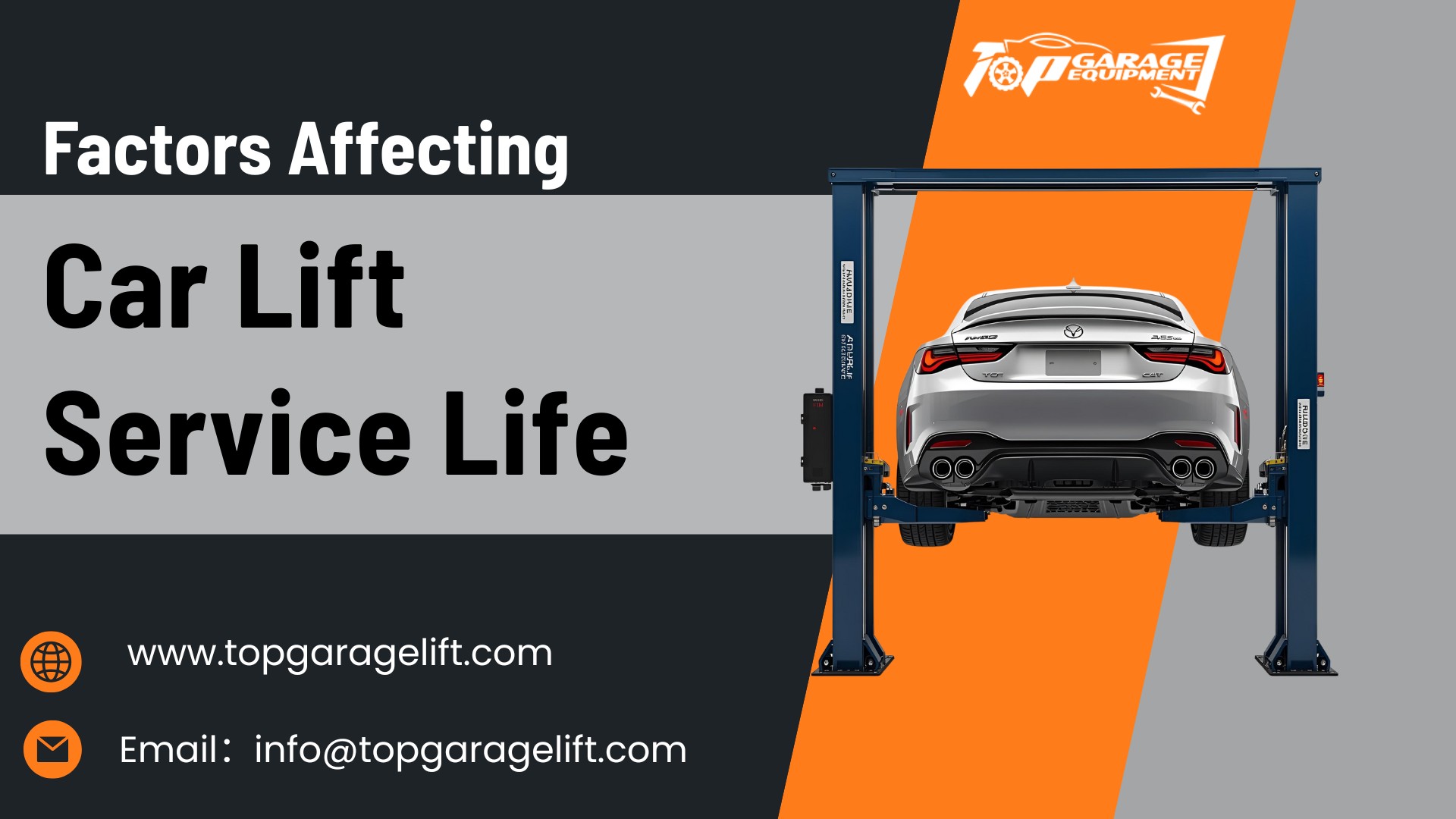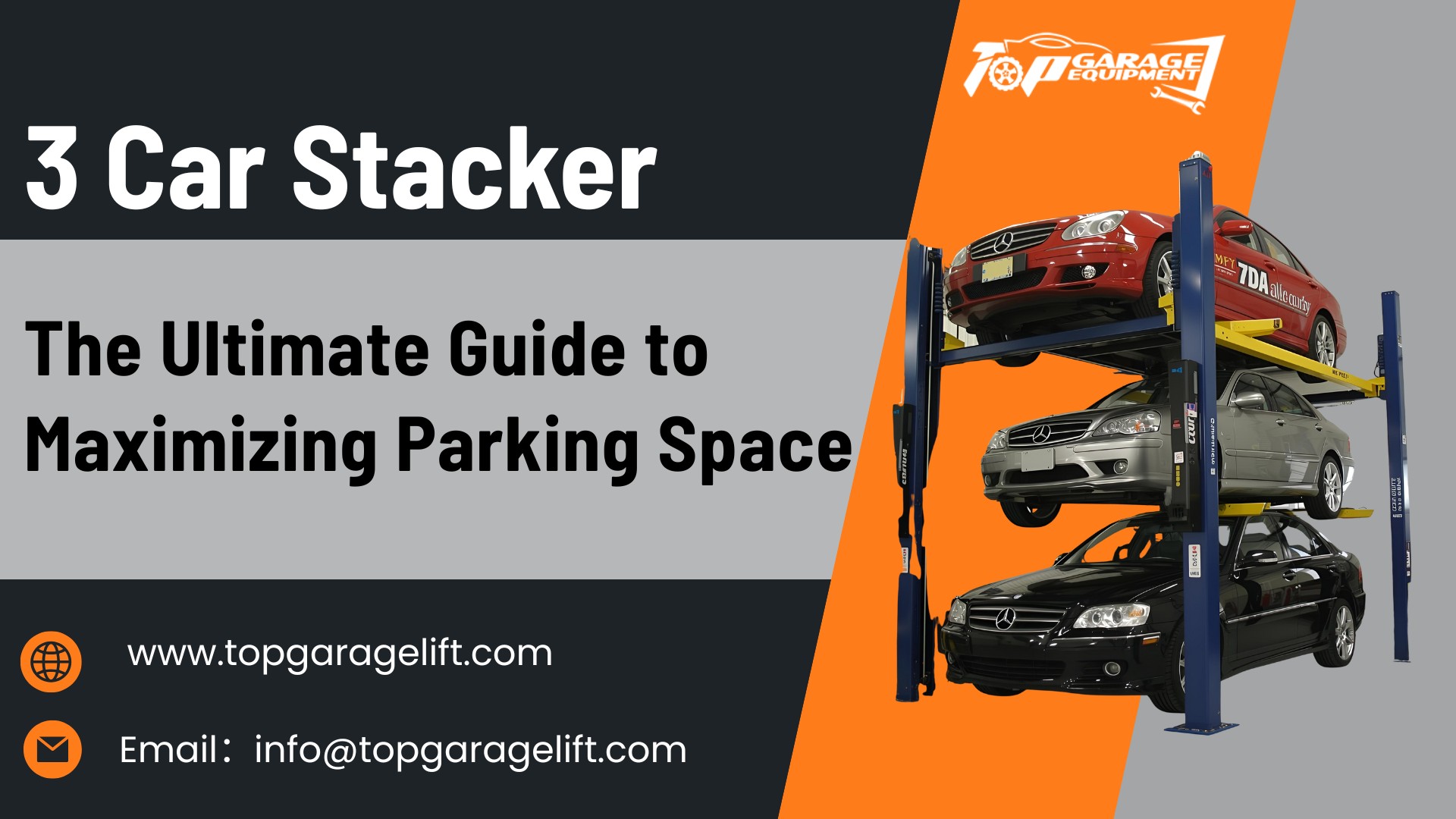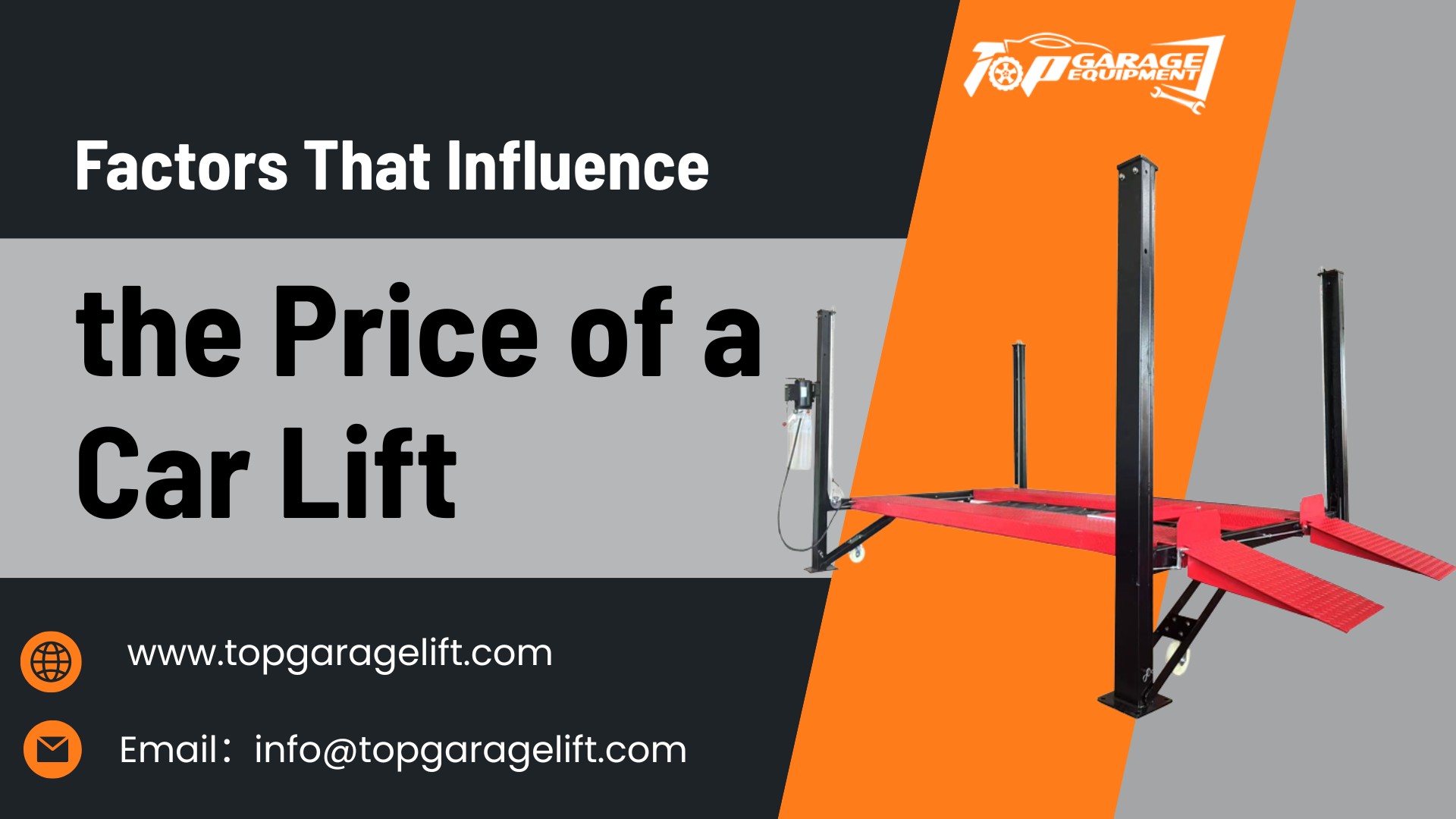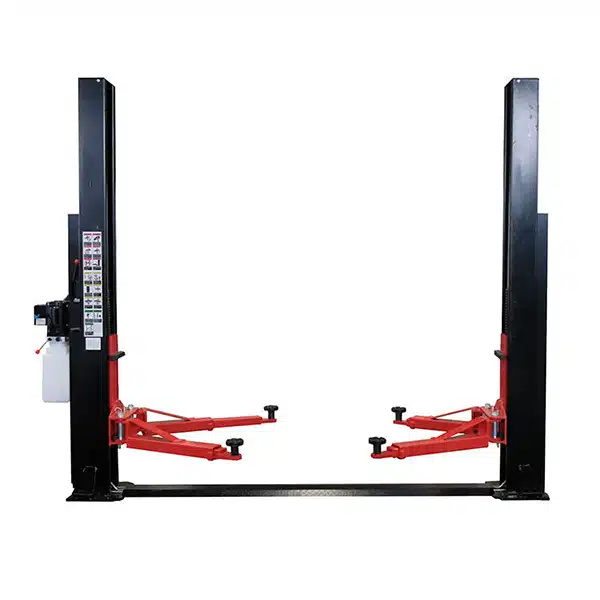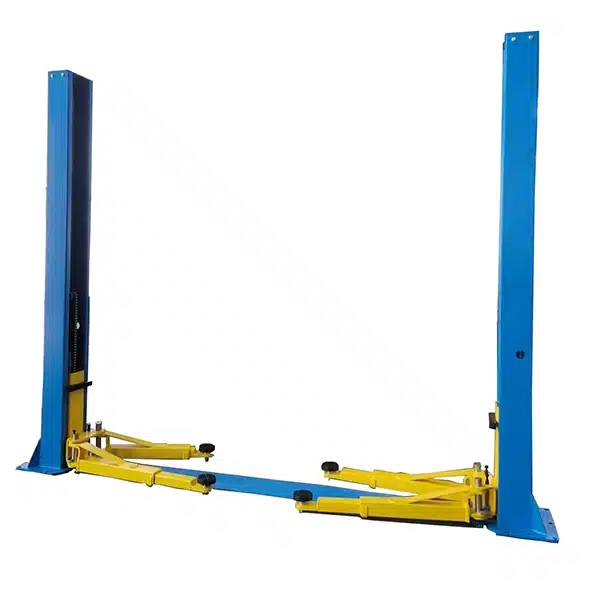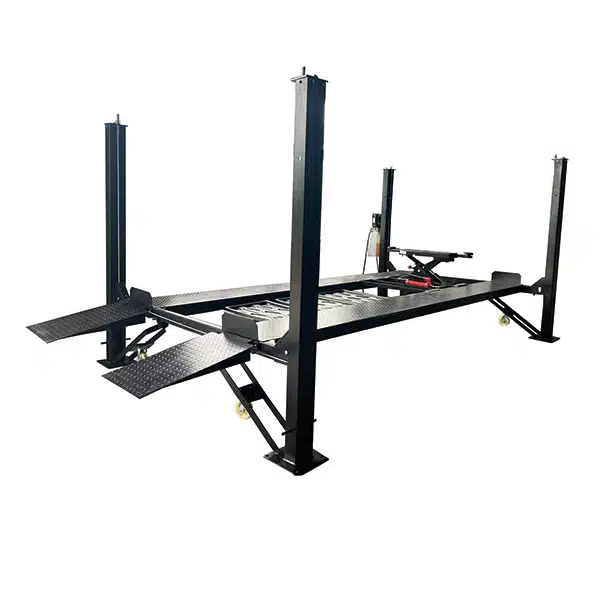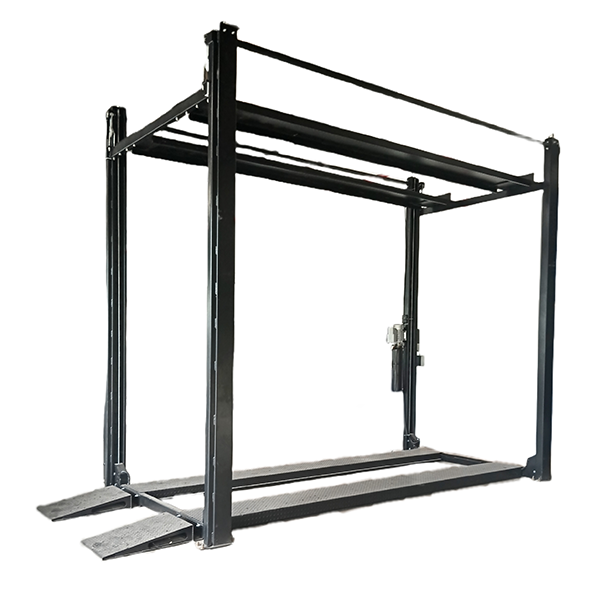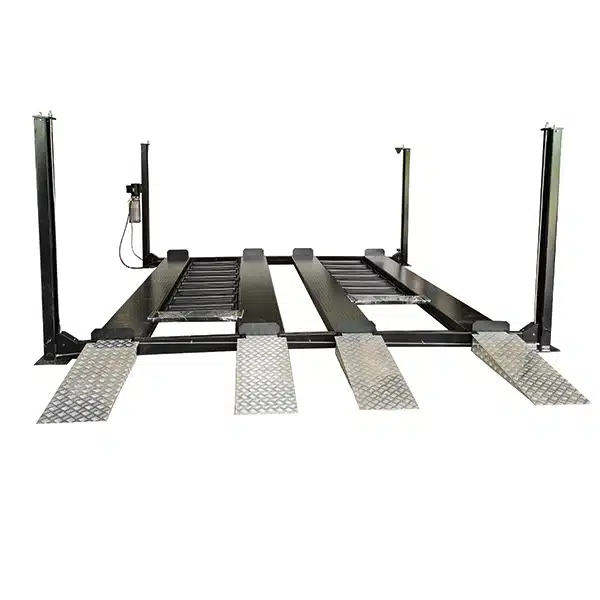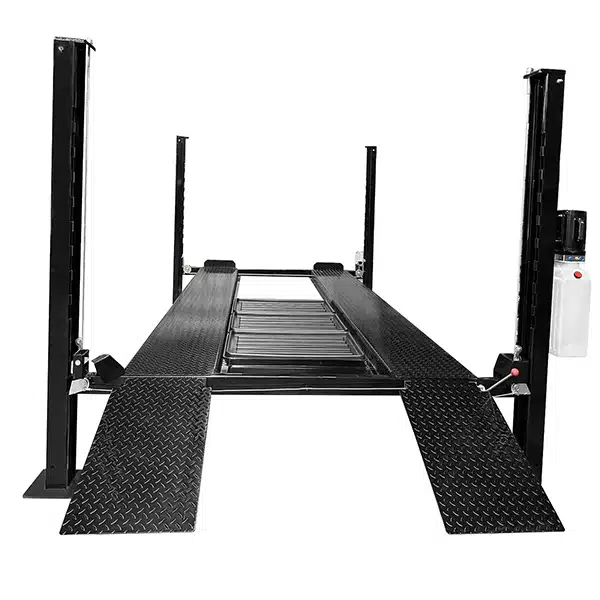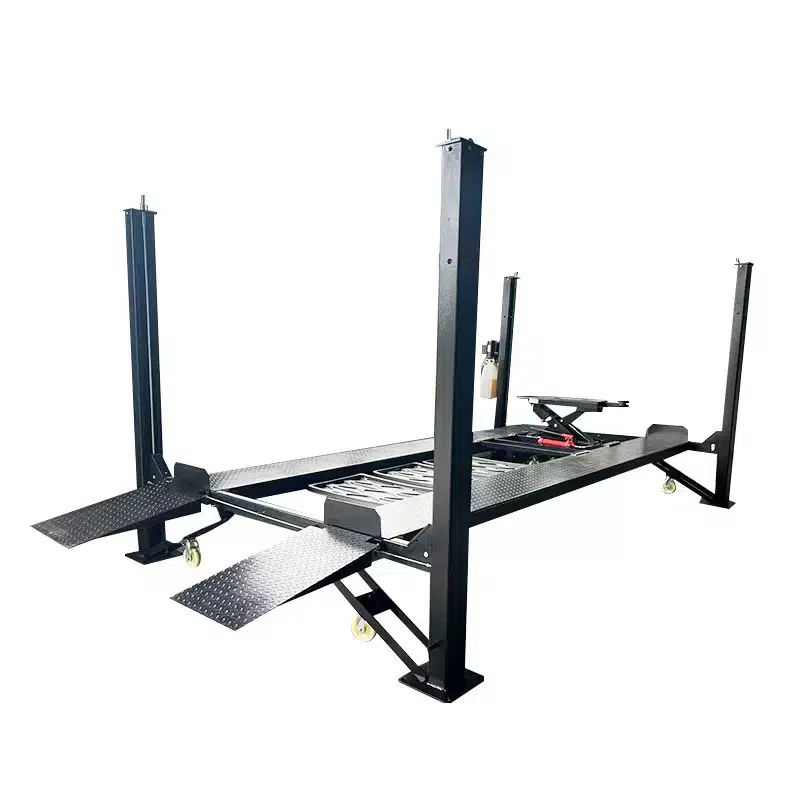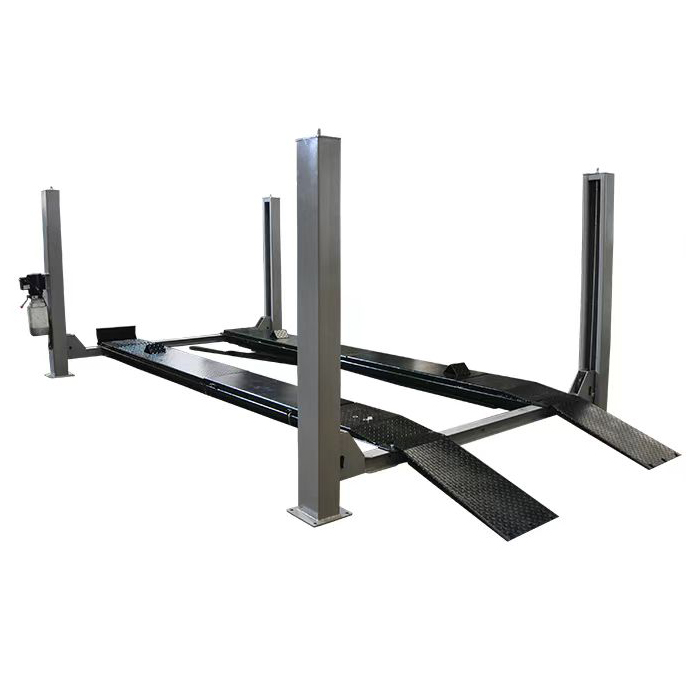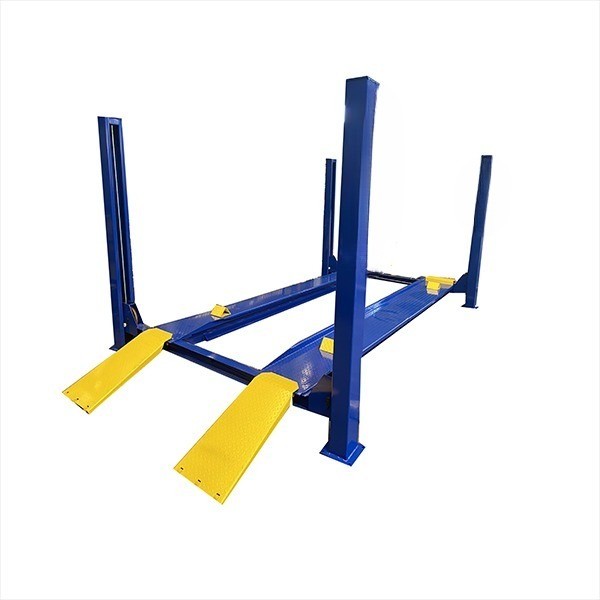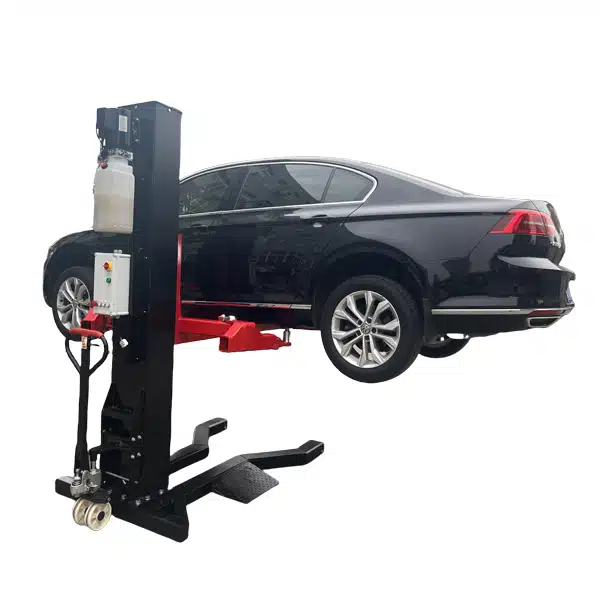A car lift is essential in any automotive workshop, and its longevity depends on several factors. Mechanical elements like load capacity, moving parts, and material quality, along with proper operation, maintenance, and load distribution, are key to reliable performance. Environmental conditions—such as temperature, humidity, dust, and chemical exposure—also affect durability. Regular inspections, lubrication, and timely replacement of worn components help prevent failures and extend service life. The following sections explore these factors in detail to ensure your car lift remains safe and efficient.
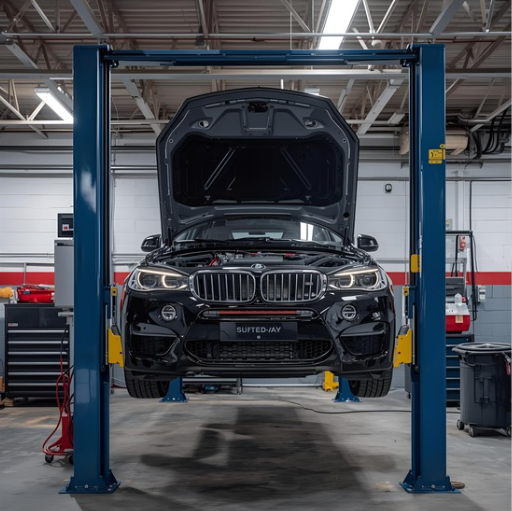
Mechanical Factors
Load Capacity
Automotive lift equipment must support vehicles within its rated load capacity. Overloading the equipment can cause stress on structural components and reduce reliability. Operators should always check the vehicle weight before using the equipment.
Moving Parts Wear
Moving parts in automotive lift equipment experience friction during operation. Over time, this friction leads to wear and can affect performance. Regular maintenance helps reduce wear and keeps the equipment functioning properly.
| Moving Part | Common Issues | Prevention |
|---|---|---|
| Hydraulic seals | Leaks, cracks | Inspect regularly |
| Cables | Fraying, snapping | Replace as needed |
| Bearings | Grinding, noise | Lubricate often |
Material & Design
The quality of materials used in automotive lift equipment affects its durability. Strong steel and precise engineering increase reliability and extend service life. Well-designed equipment resists corrosion and handles stress better than poorly made models.
Automotive lift equipment with high-quality materials and smart design performs better over time. Operators should choose equipment built for heavy-duty use to maximize performance and safety.
Operational Factors
Frequency of use
Car lifts experience different levels of stress depending on how often operators use them. Frequent use increases the likelihood of component fatigue and accelerates the need for repairs. Operators who use lifts daily should expect a shorter service life compared to those who use them occasionally.
Maintenance Practices
Operators with proper training handle car lifts more safely and efficiently. Skilled operators follow correct procedures, which reduces the risk of accidents and equipment damage. Regular maintenance performed by trained staff helps identify issues early and keeps lifts operating smoothly.
Load Distribution
Correct load distribution ensures that the lift supports the vehicle evenly. Uneven positioning places extra stress on certain parts and may cause premature failure. Operators should always check that the vehicle sits centered and balanced before lifting.
- Place the vehicle in the center of the lift.
- Adjust arms and supports to match manufacturer guidelines.
- Double-check positioning before raising the vehicle.
Proper load distribution protects the lift and improves safety for everyone in the workshop.
Environmental Factors
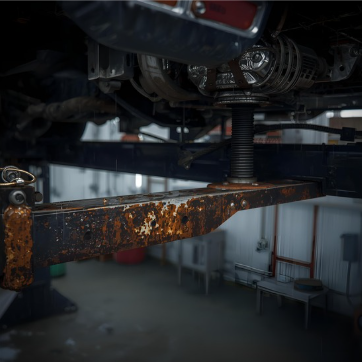
Temp & Humidity
Temperature changes can affect the metal parts of a car lift. High heat may cause metal to expand, while cold temperatures can make it contract. Humidity can lead to rust and corrosion, especially on exposed surfaces.
Extreme temperatures can also impact hydraulic fluids. Thickened fluids in cold weather slow down lift operation. Overheated fluids in hot weather may lose effectiveness and cause wear.
Exposure to chemicals
Car lifts often operate in environments with oils, solvents, and cleaning agents. These chemicals can damage seals, hoses, and painted surfaces. Prolonged exposure may weaken structural components and shorten service life.
Operators should clean spills quickly to prevent chemical buildup. Protective coatings on metal parts help resist chemical damage. Regular inspections can catch early signs of corrosion or deterioration.
| Chemical Type | Potential Damage | Prevention Method |
|---|---|---|
| Oil and grease | Softens seals | Wipe surfaces regularly |
| Solvents | Paint damage, corrosion | Use protective coatings |
| Cleaning agents | Hose degradation | Rinse after exposure |
Dust, dirt, and debris
Workshops and garages often have dust and debris in the air. These particles can settle on moving parts and cause abrasion. Over time, dirt buildup may clog hydraulic systems and reduce lift efficiency.
Operators should sweep floors and clean equipment often. Air filters and covers help keep dust away from sensitive parts. Regular cleaning extends the life of the lift and keeps it running smoothly.
Signs of Wear in Vehicle Lifts
Hydraulic Leaks
Hydraulic leaks often appear as puddles or wet spots under the vehicle lift. These leaks can signal worn seals or damaged hoses. Early detection helps prevent unexpected failures and keeps the lift safe for daily use.
Faulty Locks and Components
Locks and safety devices protect users during operation. If locks do not engage or release properly, the vehicle lift may become unsafe. Worn or broken components can lead to unexpected failures and increase the risk of accidents.
Operators should listen for unusual noises and test all safety features regularly. Quick action reduces the chance of breakdowns and keeps equipment reliable.
Visible Damage
Visible damage includes bent arms, cracked welds, or rust on metal surfaces. These signs often mean the vehicle lift has experienced stress or improper use. Damaged parts can weaken the structure and shorten service life.
Operators should inspect the lift for dents, corrosion, or loose bolts. If they find any damage, they should call a professional for repairs right away.
Maintenance and Inspection Factors

Regular inspection schedules
Regular inspections help identify issues before they become serious problems. A qualified lift inspector should check the equipment at set intervals. Many facilities schedule annual inspections to meet safety standards and extend service life.
Operators should also perform daily checks for leaks, unusual noises, or visible damage. Routine servicing includes both visual and functional inspections. Professional inspections by a qualified lift inspector ensure that all safety features work as intended.
Lubrication and fluid replacement
Lubrication keeps moving parts running smoothly. Operators should follow the maintenance schedule for applying grease or oil to joints and bearings. Hydraulic systems need regular fluid replacement to prevent wear and overheating.
Preventive maintenance includes checking for leaks and topping off fluids. Clean fluids and proper lubrication protect the lift from premature failure.
Replacement of worn components
Worn parts can cause breakdowns or safety hazards. Operators should replace damaged cables, seals, or locks as soon as inspections reveal problems. Keeping spare parts on hand speeds up repairs and reduces downtime.
Annual inspections often highlight components that need replacement. Routine servicing ensures that the lift stays safe and reliable throughout its service life.
Conclusion
The service life of a car lift depends on mechanical, operational, and environmental factors. Proper load capacity, quality materials, skilled operation, regular maintenance, and correct load distribution all play key roles. Environmental conditions like temperature, humidity, dust, and chemical exposure can accelerate wear if not managed.
Regular inspections, lubrication, and timely replacement of worn components help extend lifespan, improve safety, and reduce costs. By addressing these factors, operators can ensure their car lifts remain reliable, efficient, and durable for years.


